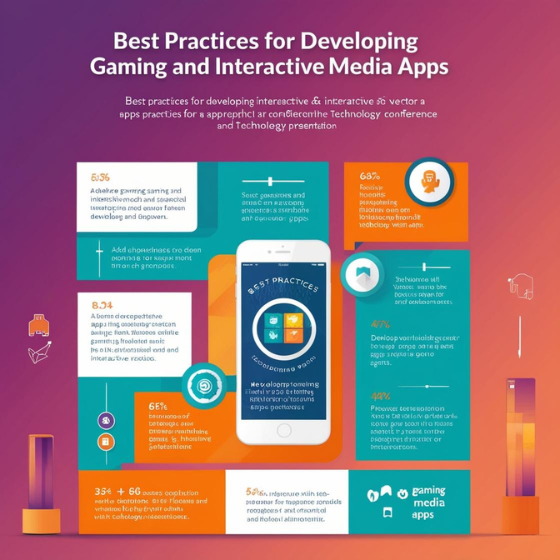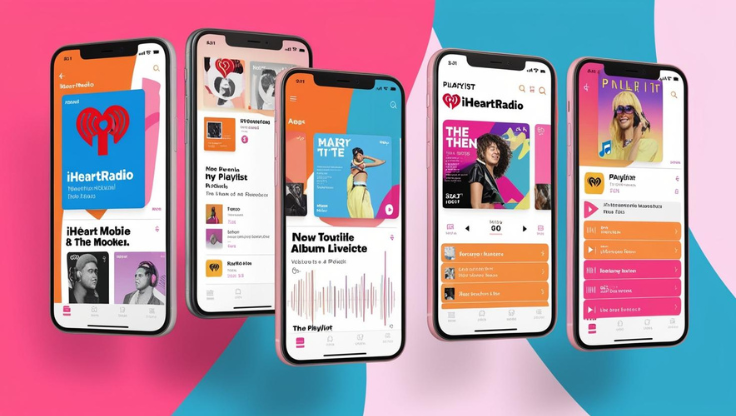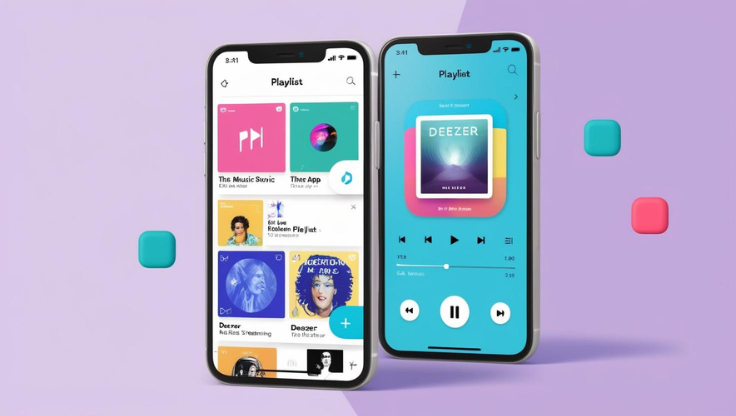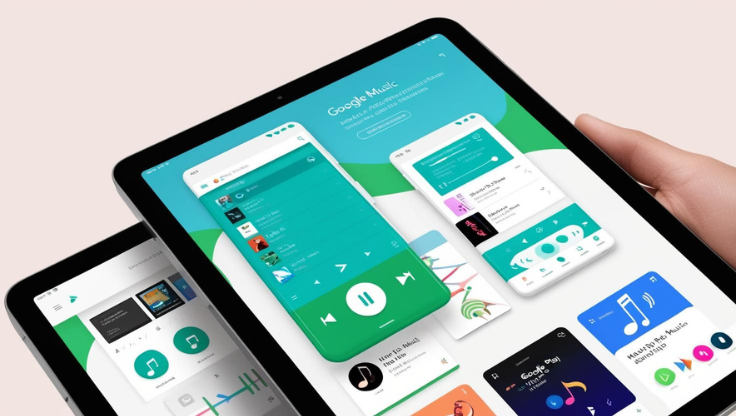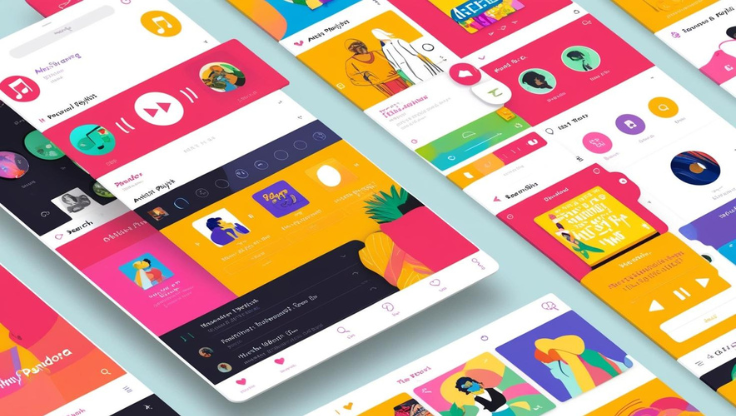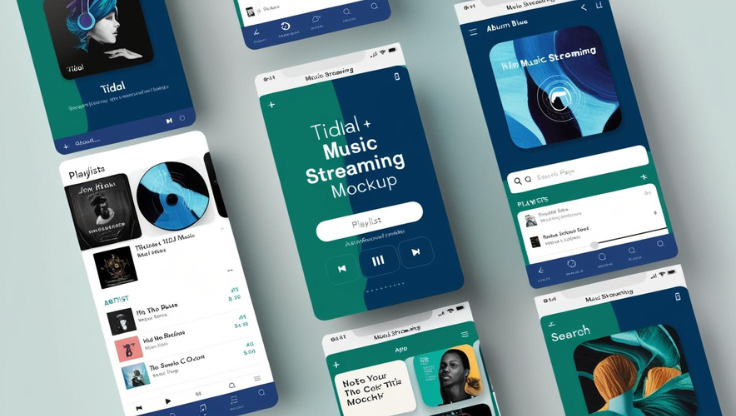Best Practices for Developing Gaming and Interactive Media Apps
The gaming and interactive media industry is growing exponentially, with a global revenue projection of $321 billion by 2026. This massive growth presents an unprecedented opportunity for developers to create apps that captivate audiences and stand out in a competitive market. However, building successful gaming and interactive media apps requires more than just great ideas—it demands the implementation of strategic best practices.
In this blog, we’ll explore best practices for developing gaming and interactive media apps to help you craft immersive, engaging experiences. By following these guidelines, you can ensure your app resonates with users, meets industry standards, and drives business success.
Why Focus on Best Practices in Development?
The process of developing gaming and interactive media apps is complex, involving multiple components like design, functionality, and user engagement strategies. Adhering to best practices helps you:
- Streamline Development: Avoid costly mistakes with a clear roadmap.
- Enhance User Experience: Create apps that are intuitive and captivating.
- Maximize Monetization: Implement strategies that drive revenue without alienating users.
- Future-Proof Your App: Build scalable and adaptable solutions.
Explore Sodio’s gaming and interactive app development services here to take your ideas to the next level.
Key Best Practices for Developing Gaming and Interactive Media Apps
1. Start with a Clear Vision
The foundation of any successful app is a well-defined concept. Before diving into development, ask yourself:
- What problem does this app solve or what experience does it provide?
- Who is the target audience?
- What platforms (mobile, desktop, VR) will the app support?
Actionable Tips:
- Research User Preferences: Conduct surveys or focus groups to understand what your audience wants.
- Analyze Competitors: Identify what works and what doesn’t in similar apps.
Pro Tip: Use storyboarding to visualize the user journey and map out core features.
2. Focus on User-Centered Design (UCD)
The design of gaming and interactive media apps plays a crucial role in retaining users. A poorly designed interface can result in high churn rates, no matter how innovative the concept is.
Key Elements of UCD:
- Intuitive Navigation: Ensure users can easily access all features.
- Immersive Graphics: Invest in high-quality visuals and animations.
- Consistent Branding: Use cohesive design elements that reflect your brand identity.
Example:
Games like Among Us became global sensations due to their simple yet engaging design that appealed to diverse age groups.
3. Leverage Emerging Technologies
Innovative technologies like AI, AR, and VR are revolutionizing gaming and interactive media. Integrating these tools can give your app a competitive edge.
Applications of Technology:
- AI: Personalize experiences with AI-driven gameplay.
- AR/VR: Offer immersive, real-world experiences with virtual elements.
- Blockchain: Use NFTs or cryptocurrency for unique in-game assets and transactions.
Real-World Success:
Pokémon GO, with its AR-driven gameplay, captured over 1 billion downloads, showcasing the power of innovation.
4. Prioritize Performance Optimization
No matter how engaging your app is, users won’t stick around if it’s slow or buggy. Performance optimization ensures your app runs smoothly across all devices.
Strategies for Optimization:
- Reduce Load Times: Compress assets and streamline code.
- Test on Multiple Devices: Ensure compatibility with different screen sizes and OS versions.
- Implement Cloud Gaming Solutions: Offload processing to the cloud for seamless performance.
Pro Tip: Use tools like Unity or Unreal Engine for efficient development and performance optimization.
5. Monetization Without Compromising User Experience
Monetization is critical for sustaining your app, but it should never detract from the user experience.
Popular Monetization Models:
- Freemium: Offer free access with in-app purchases for premium features.
- Ads: Integrate non-intrusive advertisements.
- Subscription Services: Provide exclusive content through monthly or yearly plans.
Example:
Candy Crush effectively uses a freemium model, generating billions annually while keeping users engaged.
6. Emphasize Community Building
Interactive media thrives on user communities. Building a strong community around your app fosters loyalty and encourages organic growth.
Ways to Build Communities:
- Social Features: Enable in-app chats, leaderboards, or forums.
- Regular Updates: Keep the content fresh with new features, levels, or challenges.
- Host Events: Organize tournaments or seasonal events to keep users engaged.
7. Data-Driven Development
Successful apps rely on data to improve and adapt. Analytics help you understand user behavior and make informed decisions.
Tools to Use:
- Google Analytics: Track user interactions and retention rates.
- In-App Feedback: Use surveys or ratings to gather insights.
- A/B Testing: Test features to determine what resonates best with users.
Pro Tip: Continuously monitor KPIs like daily active users (DAU) and average revenue per user (ARPU).
Case Study: Transforming Ideas into Reality with Sodio
At Sodio, we’ve partnered with startups and enterprises to create gaming and interactive media apps that stand out. One of our recent projects involved developing a multiplayer game with AR features for a global audience. By incorporating best practices for developing gaming and interactive media apps, we delivered:
- A 40% increase in user retention within the first month.
- Over 500,000 downloads in the first three months.
- An average session duration of 25 minutes, surpassing industry benchmarks.
Ready to build your success story? Contact Sodio here.
Challenges to Watch Out For
Even with the best practices in place, there are challenges that developers face:
1. Balancing Innovation with Usability
Too many features can overwhelm users. Focus on essentials first and add advanced elements gradually.
2. Security Risks
With increasing cyber threats, ensuring data security is paramount. Use encryption and regular security audits to protect user data.
3. Scalability
Plan for growth. Choose a scalable architecture to handle increasing user loads effectively.
Learn how Sodio ensures secure and scalable app development here
Conclusion
Developing gaming and interactive media apps that resonate with users requires a blend of innovation, strategy, and execution. By following these best practices for developing gaming and interactive media apps, you can create experiences that captivate, retain, and monetize effectively.
Let’s build something extraordinary together. Whether you’re looking to create a casual game or a fully immersive platform, Sodio has the expertise to make your vision a reality. Contact us today or subscribe to our newsletter for more industry insights.
